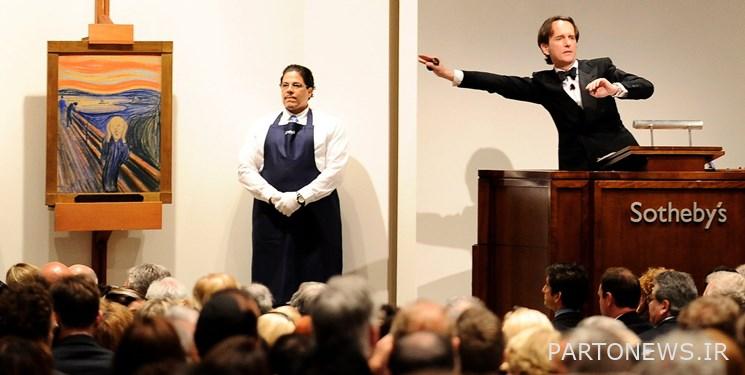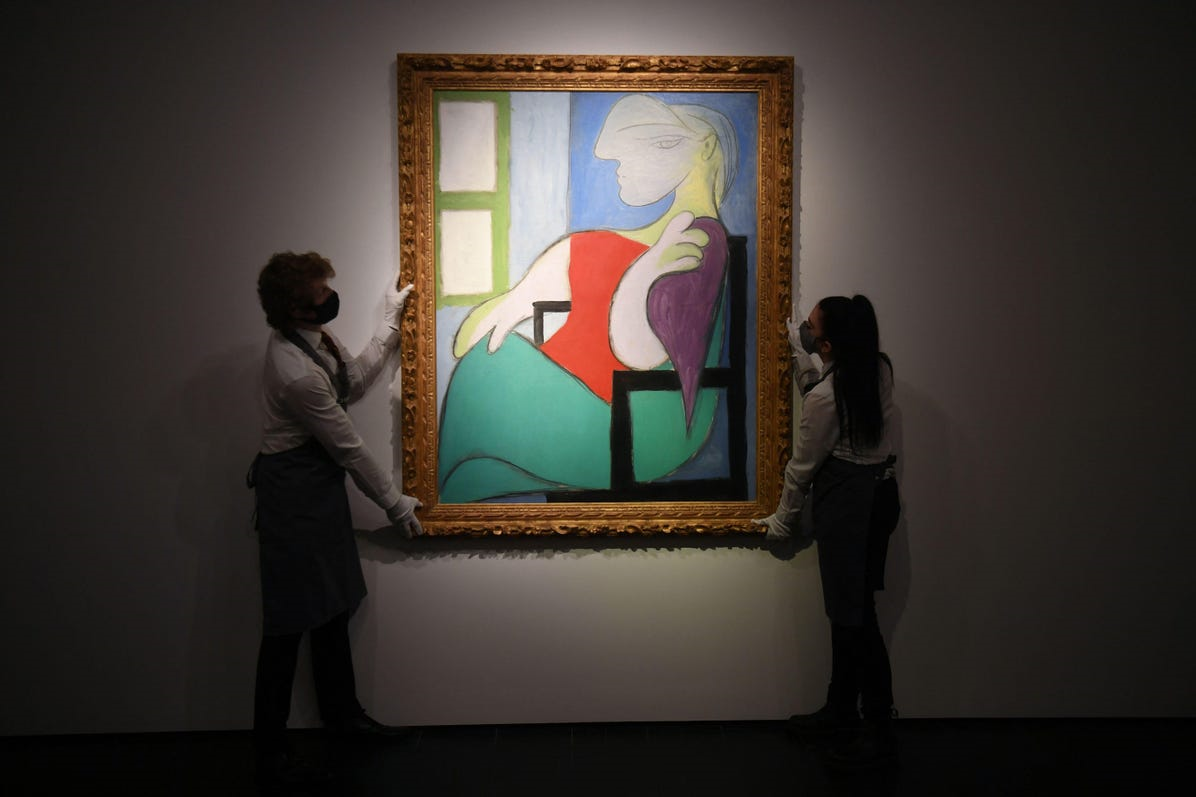The dark side of the art market / half of the $ 50 billion deal is illegal and smuggled!

The antiques and art market is worth about $ 50 billion, according to a Fars News Agency visual correspondent quoted by Euronews. But this market, regardless of the type of artwork, has a dark side, which is the illegal trade.
Many markets around the world stagnated during the post-epidemic quarantine, but the black market for antiques and artwork was more active than ever, with a turnover of $ 10 billion in just two years. The share of illicit trade in the art market is about 5 percent, and while it may seem small, it is a persistent and growing problem that darkens the image of this market.
Organizations such as UNESCO and Interpol say alarming sums of the money are being used to finance crime. Due to the increasing interest in collecting works of art, the buyer should be more careful.

Ernesto Otone Ramirez, UNESCO Deputy Director-General, explains why: “Today, antiquities smuggling has become easier because these artifacts are mostly World Heritage sites, many of which we know of. “And of course the reason for this is clear, because some of these places are still undiscovered or under investigation, their objects are not registered anywhere, and these are works that we are unaware of.”
Interpol officials say we are currently facing unprecedented looting of cultural heritage in war-torn countries, and it is not easy to tell whether the artifacts are being obtained legally or illegally by museums and collectors. They have created an application called IDR Art that helps identify the authenticity of works.
“The IDRA application shows whether or not the item is listed on our list, and if it is registered, it is stolen,” said Corado Katzi, head of Interpol’s Circle of Arts. The most important feature of this application is the red button, by pressing it, you will inform Interpol that the object is found. IDR is a great tool for police officers, customs officers, art dealers and even ordinary people. “Recently, stolen art objects have been identified in Spain and Romania.”

But while UNESCO and Interpol are raising awareness among the public and collectors about stolen works of art, what else can be done to reduce crime in this area?
“The international legal structure needs to change,” said Deborah Lear, a member of the Association for the Protection of Antiquities. This issue should be considered a crime and should be severely punished. It is like entering a private house and stealing from it, that is, someone enters a historical site or a museum and steals its belongings, and someone else buys the same stolen property. This is how the issue should be viewed, as the money for such transactions is often spent on organized crime. “So this is a crime against humanity.”
Despite the corona epidemic and the conditions that the virus has created for all of humanity and overshadowed many economic, cultural and artistic businesses and commercial activities, the market for works of art and history is hot and auctions of these works are taking place everywhere. In addition to the negative impact on the reputation of museums and collectors, the illegal trade in these works has led to the financing of criminal groups and gangs.
End of message /
You can edit this post
Suggest this for the front page

